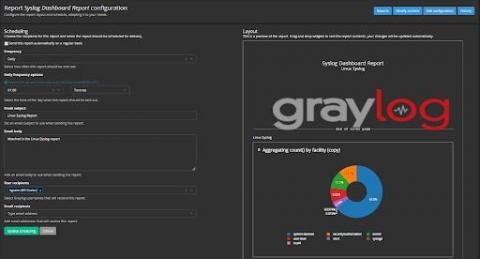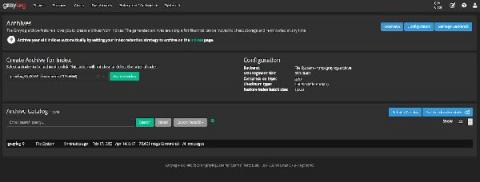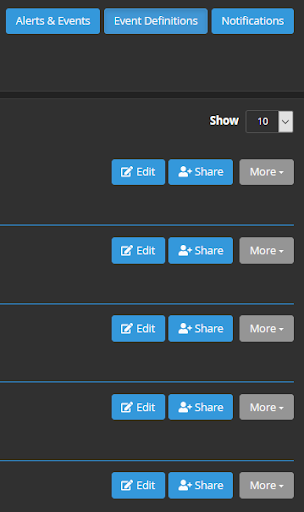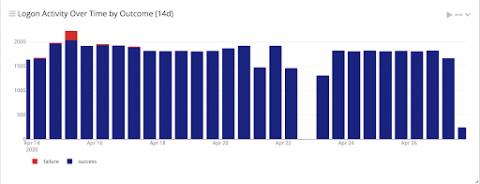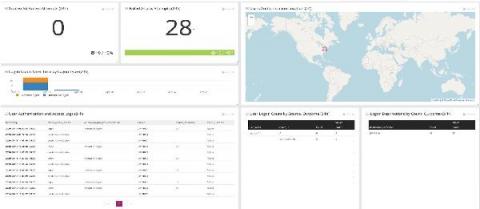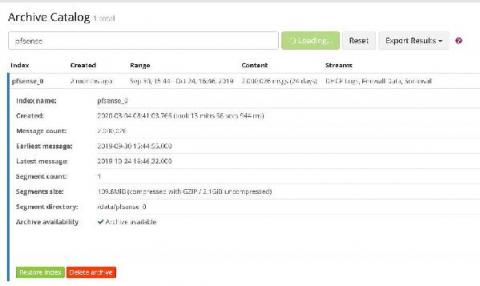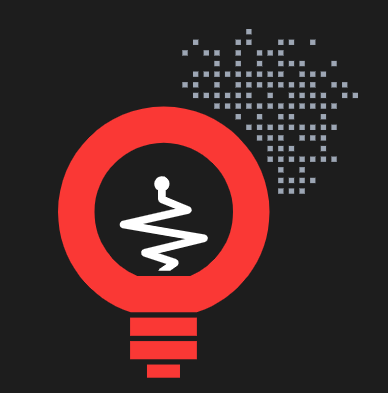Root Cause Analysis in IT: Collaborating to Improve Availability
The shift to remote work changed the way IT teams collaborate. Instead of walking over to a colleague’s desk, co-workers collaborate digitally. Looking forward, many companies will continue some form of remote work by taking a hybrid approach. Root cause analysis in IT will always require collaboration as teams look to improve service availability and prevent problems. Sitting in front of the same screen and looking at the same data makes it easy to discuss problems.


